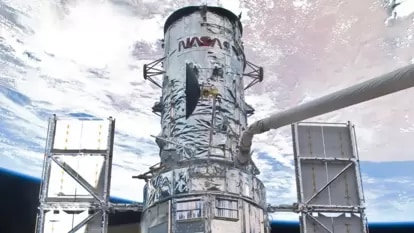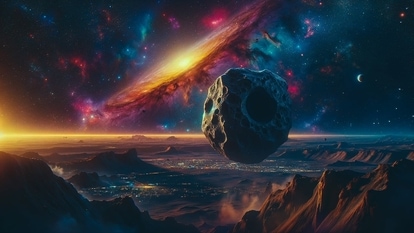NASA’s Roman Space Telescope will unravel the Universe like never before
NASA's Nancy Grace Roman Space Telescope will turn back the cosmic clock, unveiling the evolving universe. Here's what NASA explains.
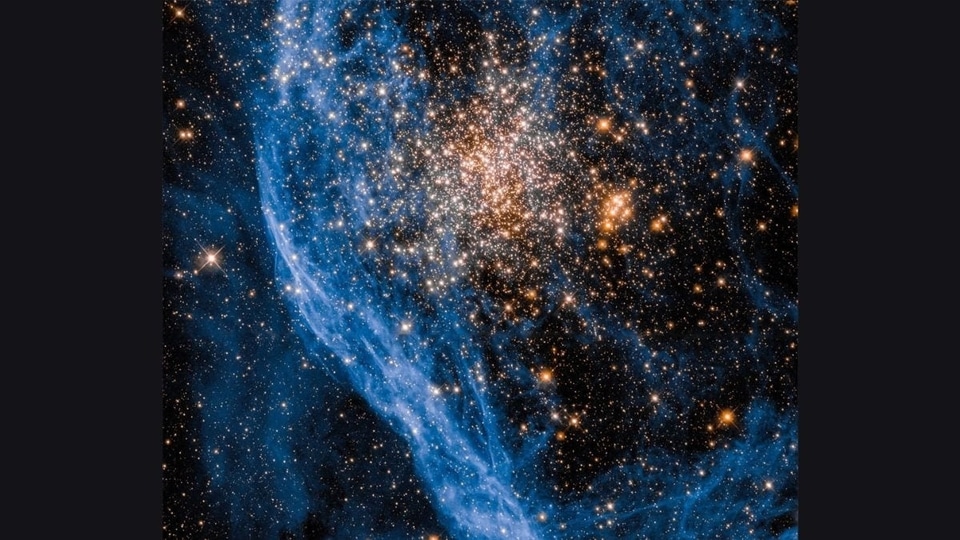
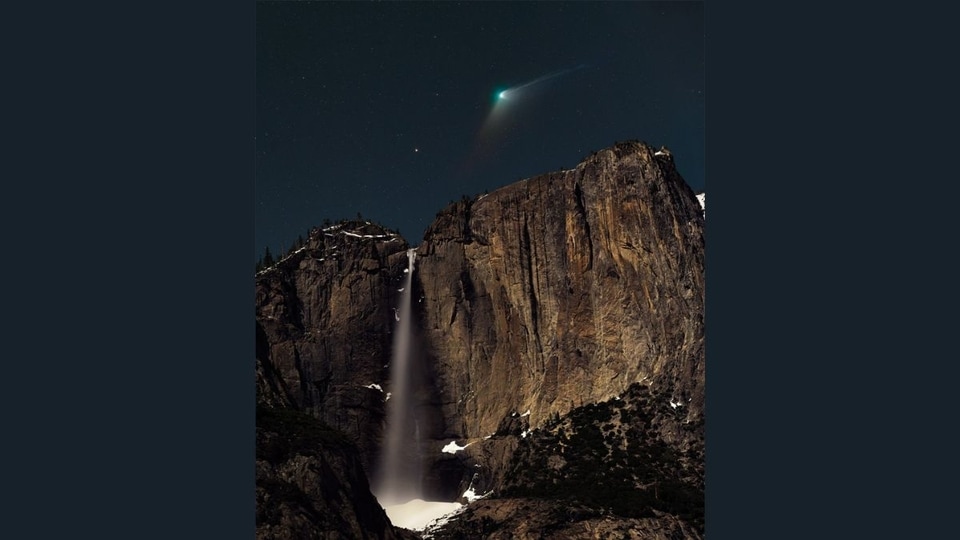
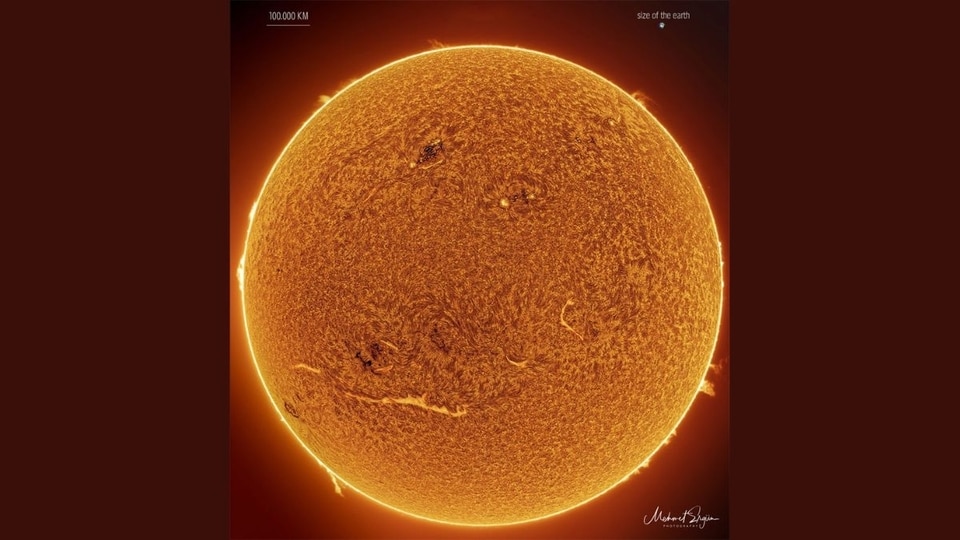
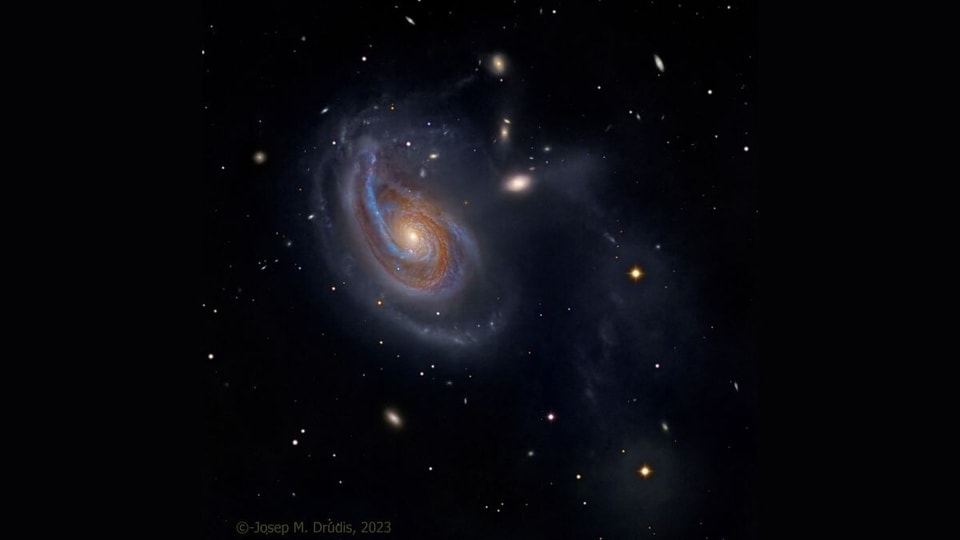
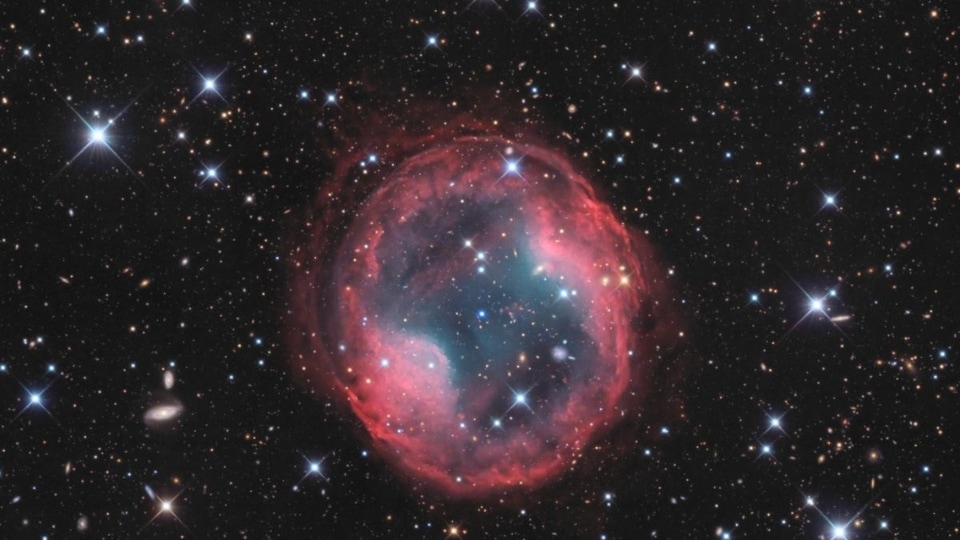
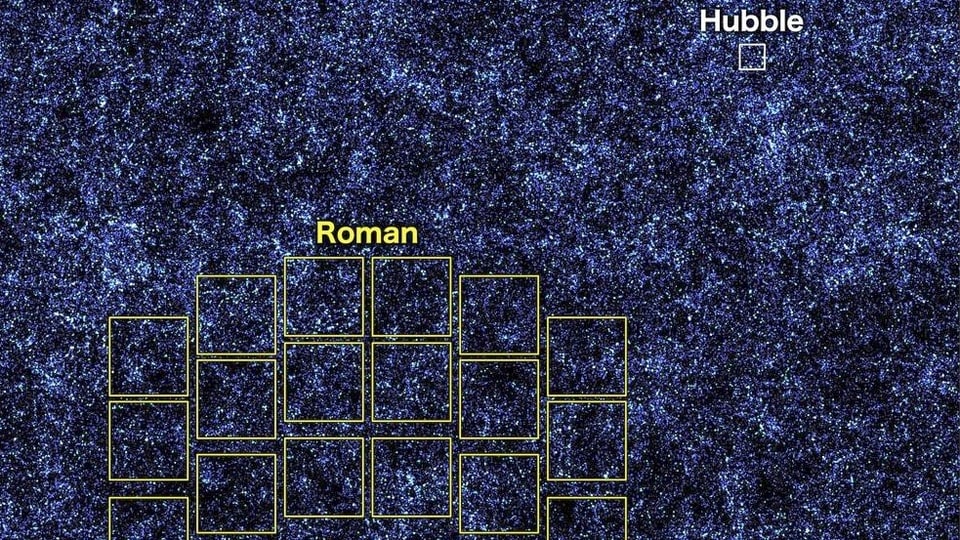
 View all Images
View all ImagesCan the universe be rewinded? Going into the past is impossible. However, scientists and researchers keep trying to go back in time. It is now being said that a new simulation shows how NASA's Nancy Grace Roman Space Telescope will turn back the cosmic clock, unveiling the evolving universe in ways that have never been possible before when it launches by May 2027.
"With its ability to rapidly image enormous swaths of space, Roman will help us understand how the universe transformed from a primordial sea of charged particles to the intricate network of vast cosmic structures we see today," a report by NASA stated. Notably, combining Roman's large view with Hubble Space Telescope's broader wavelength coverage and James Webb Space Telescope's more detailed observations will offer a more comprehensive view of the universe.
The simulation covers a two-square-degree patch of the sky, which is equivalent to about 10 times the apparent size of a full moon, containing over 5 million galaxies. It's based on a well-tested galaxy formation model that represents our current understanding of how the universe works.
Using an extremely efficient technique, the team can simulate tens of millions of galaxies in less than a day – something that could take years using conventional methods. When Roman launches and begins delivering real data, scientists can compare it to a range of such simulations, putting their models to the ultimate test. That will help unravel galaxy formation physics, dark matter – a mysterious substance observed only through its gravitational effects – and much more, the research organisation informed.
"Roman's panoramic view will help us see what the universe was like at different stages and fill in many gaps in our understanding," NASA said.
The Nancy Grace Roman Space Telescope is managed at NASA's Goddard Space Flight Center, with participation by NASA's Jet Propulsion Laboratory and Caltech/IPAC in Southern California, the Space Telescope Science Institute in Baltimore, and a science team comprising scientists from various research institutions.
Catch all the Latest Tech News, Mobile News, Laptop News, Gaming news, Wearables News , How To News, also keep up with us on Whatsapp channel,Twitter, Facebook, Google News, and Instagram. For our latest videos, subscribe to our YouTube channel.



